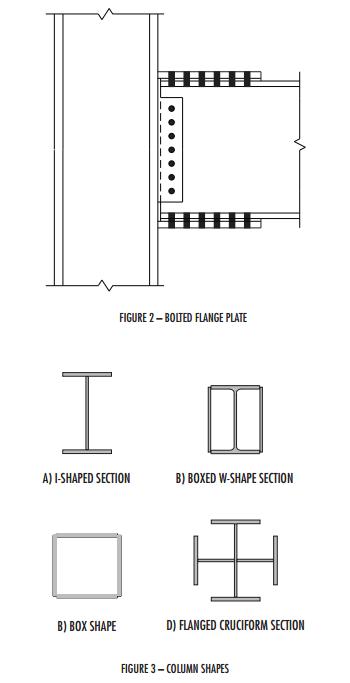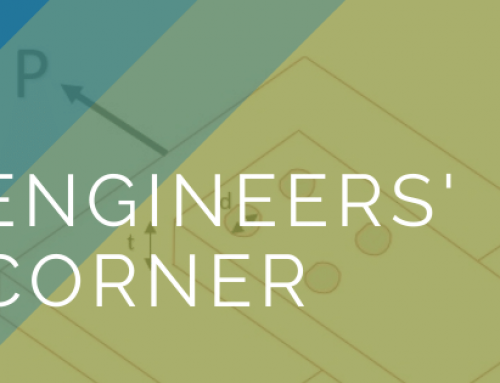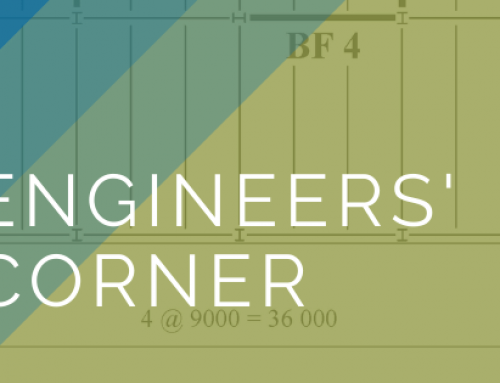The discussion herein concerns ductile moment connections only and therefore does not apply to connections used in moment-resisting frames in ‘conventional construction’.
Following the Northridge earthquake in 1994, North American standards mandated physical testing as the basis for design of beam-to-column connections in ductile steel moment-resisting frames. This requirement was adopted as an interim measure until the behaviour of these connections, particularly for welded connections, is well understood. Extensive full-scale testing, supplemented with many analytical studies conducted since 1994, has expeditiously advanced the in-depth knowledge in ductile behaviour of several common connection types used in modern-day construction and in improved practical solutions. ANSI/AISC 358-05, Prequalified Connections for Special and Intermediate Steel Moment Frames for Seismic Applications, a standard published in 2005, provides alternative solutions to physical testing. A similar approach has also been taken in Canada. CSA S16-14 adopts the CISC publication, Moment Connections for Seismic Applications – 2nd Edition, for the design of moment connections in ductile, moderately ductile and limited-ductility moment frames, as an alternative to physical testing.
CISC Moment Connections for Seismic Applications -1st Edition
The 1st Edition of this CISC publication was released in 2004. The design requirements were essentially based on FEMA 350 and conform to the limits of validity established within the scope of the physical tests conducted in the SAC joint venture program. For example, frame members are restricted to rolled wide flange shapes and column depth must be within those of W360 sections. The 1st Edition of this publication incorporated the reduced beam section connection and the bolted end-plate connection, with and without stiffeners, as shown in Figure 1.

CISC Moment Connections for Seismic Applications – 2nd Edition
This new edition, published in 2014, adopts the design philosophy and, in principles, the design requirements incorporated in ANSI/AISC 358-10, Prequalified Connections for Special and Intermediate Steel Moment Frames for Seismic Applications. It provides requirements that are consistent with pertinent Canadian standards, such as S16-14 and W59-13. In addition to the connection types that are covered in the 1st Edition, it includes another field-bolted connection type, the bolted flange-plate connection, as shown in Figure 2. Other notable practical features include:
- Welded built-up sections;
- Box-shape, cruciform-shape and deep W-shape columns (See Figure 3);
- Expanded geometric validity range;
- Specific provisions for various details; and
- Designation of demand critical welds.
While the connection types included in the 2nd Edition cover most practical applications in Canada, it is not CISC’s intent to restrict or discourage the use of other connection types that are proven suitable by means of physical testing in accordance with Annex J of S16-14. It should also be noted that the limitations and restrictions for their use have been adopted from ANSI/AISC 358-10. Connections that fall beyond the range of these limitations and restrictions but are proven appropriate by the said physical testing also conform to S16-14.
Limited-ductility Moment-resisting Frames
Although Cl. 27.4.4.2 of S16-14 provides prescriptive requirements for the design of moment connections used in limited-ductility moment frames, the clause applies to frames having I-shape columns and beams welded directly to the columns only. CISC Moment Connections for Seismic Applications – 2nd Edition, covers connections that are suitable where columns of other shapes are used and/or when field bolting is desired.







